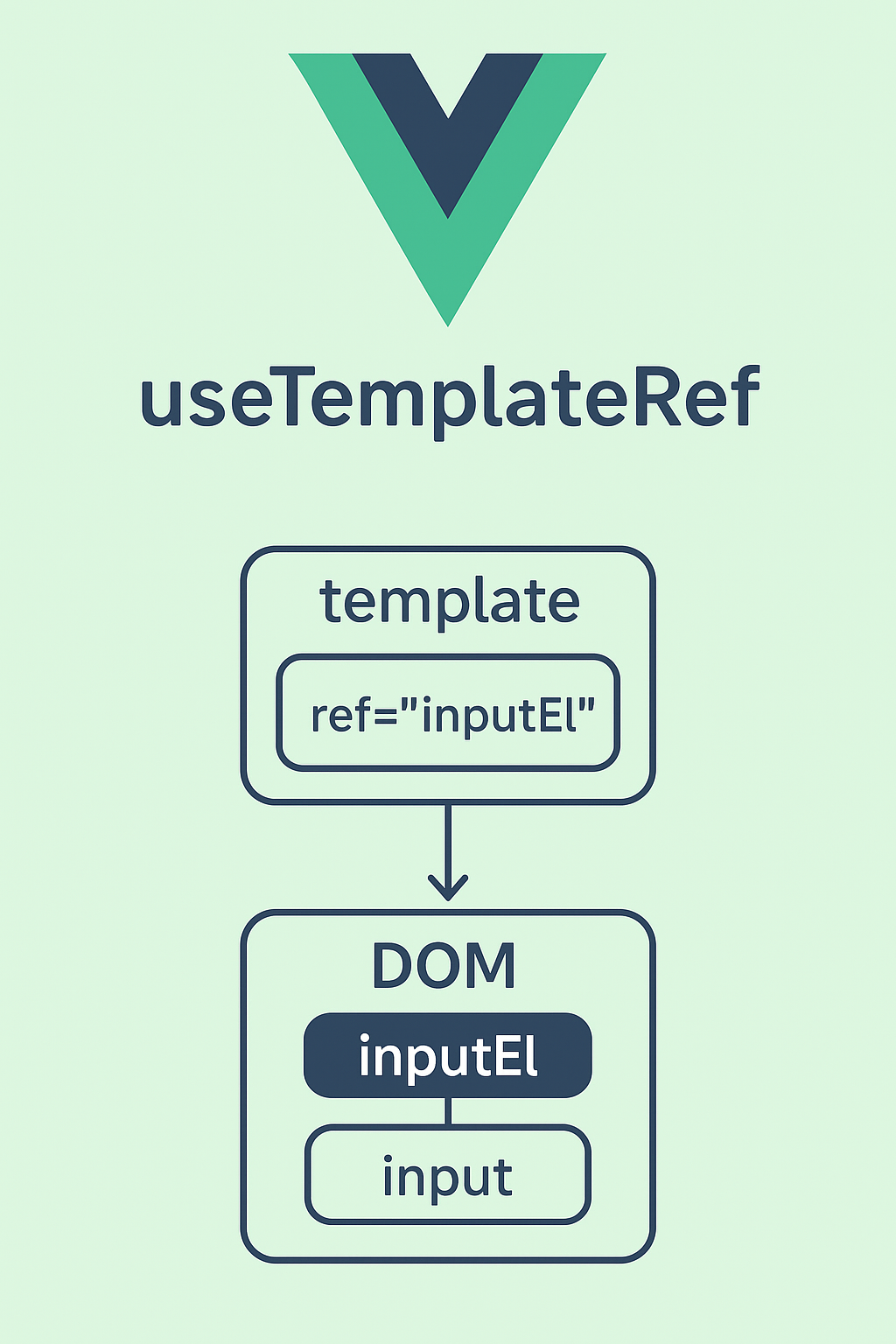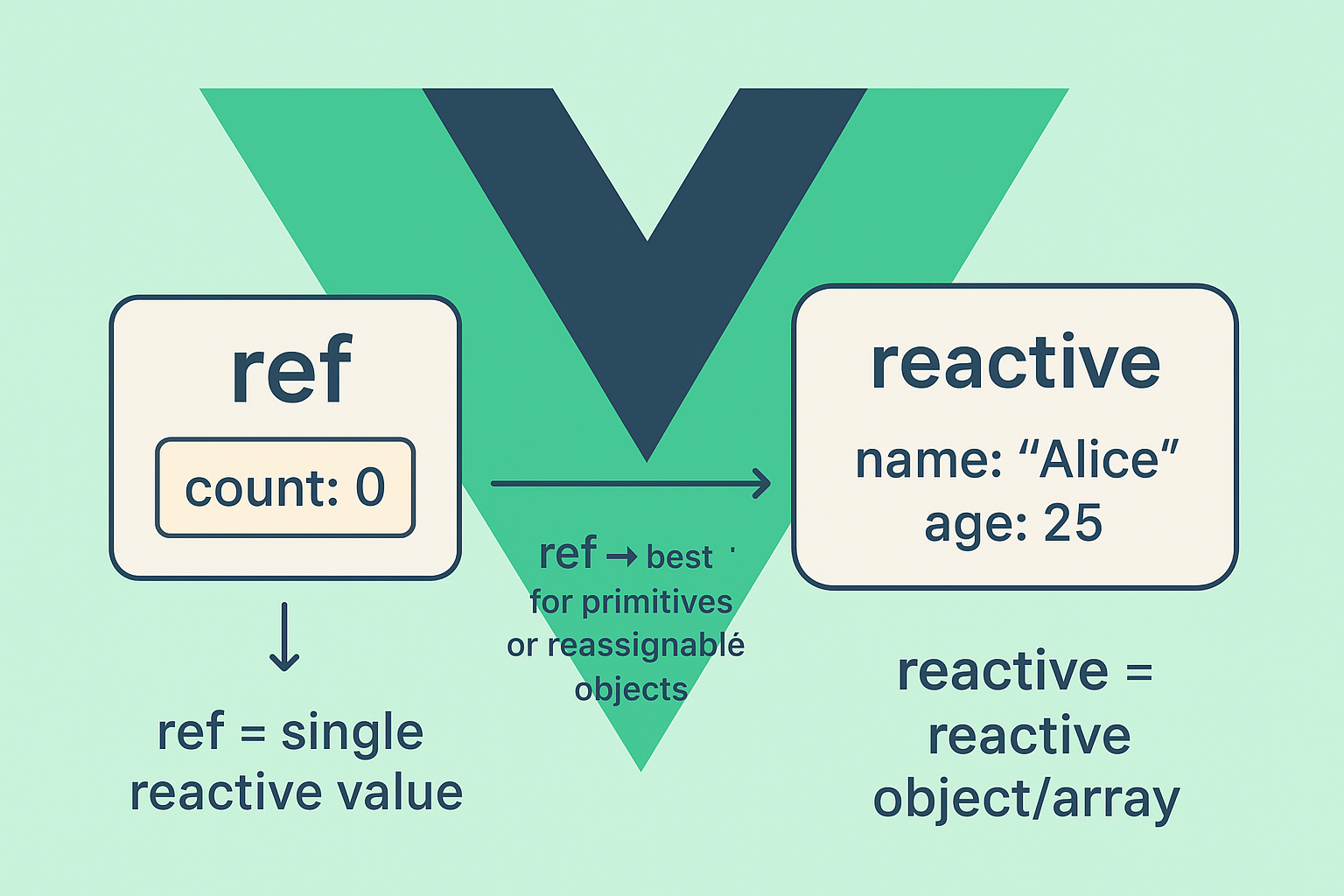
Did you know that websites scoring high in Core Web Vitals can see a 70% boost in conversions? This statistic highlights the importance of performance and SEO. Server-Side Rendering (SSR) offers numerous benefits, including improved SEO, faster load times, and better user experiences. With SSR, search engines can easily crawl your content, leading to higher rankings.
Nuxt 3 is a powerful framework built on Vue.js that supports SSR, allowing developers to create dynamic, modern web applications with enhanced performance.
How Nuxt 3 Handles SSR
In Nuxt 3, pages are rendered on the server before being sent to the client. This process ensures that users see fully rendered pages instead of loading content piece by piece. Here’s how it works:
- Request: A user requests a page.
- Server-rendering: The server processes the request, generates the HTML, and incorporates data needed for the page.
- Response: The server sends the fully-rendered page to the user’s browser.
Advantages over Client-Side Rendering (CSR)
SSR outshines CSR in various aspects:
- SEO Benefits: SSR serves pre-rendered HTML, which crawlers can index easily.
- Faster Content Delivery: Users receive a fully rendered page, reducing perceived loading times.
- Improved User Experience: Initial content renders quicker, keeping users engaged.
Implementing SSR in Your Nuxt 3 Application
Create a new Nuxt 3 project is straightforward:
- Open your terminal.
- Run
npx create-nuxt-app my-nuxt-app. - Choose
Server-Side Renderingwhen prompted.
Working with Async Data
Fetching data on the server is easy. You can use the useAsyncData composable in your page components:
<script setup>
const page = ref(1)
const { data: posts } = await useAsyncData(
'posts',
() => $fetch('<server-host>/posts', {
params: {
page: page.value
}
}), {
watch: [page]
}
)
</script>
Make sure to handle errors appropriately to maintain app stability.
Head Management
Nuxt 3 offers an easy way to manage your HTML <head> dynamically with the help of useHead() composable.
<script setup>
useHead({
title: 'Blog',
meta: [
{ name: 'description', content: 'My blog' },
{ name: 'keywords', content: 'programming, web design, php, javascript' }
],
bodyAttrs: {
class: 'test'
}
})
</script>
Working with External APIs
Fetching data securely is crucial. Use environment variables located in .env and ensure you’re following best practices for security and performance.
const apiKey = process.env.API_KEY;



